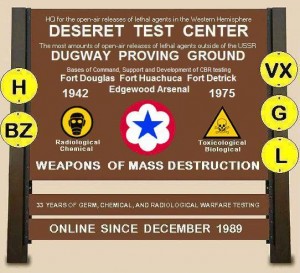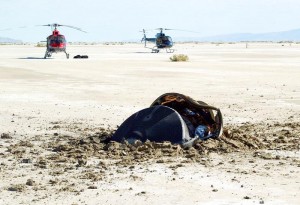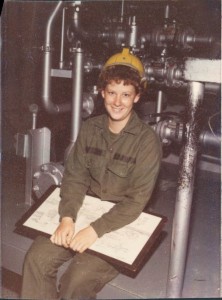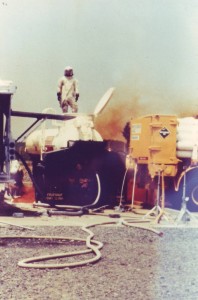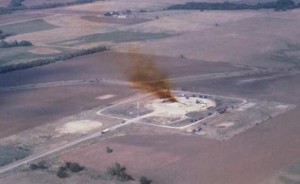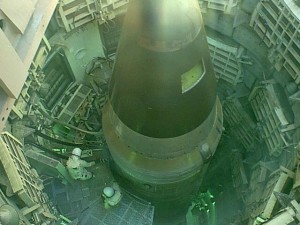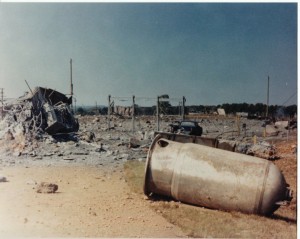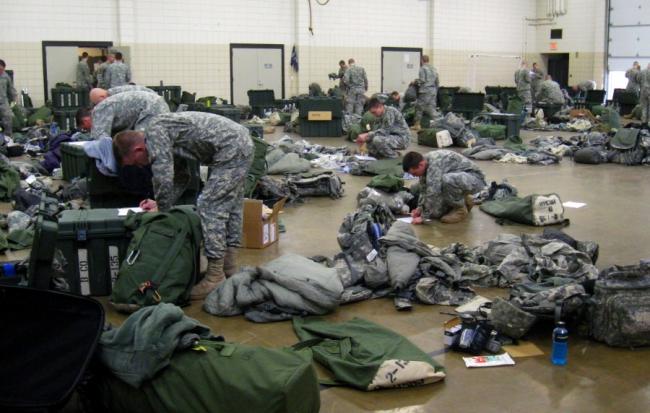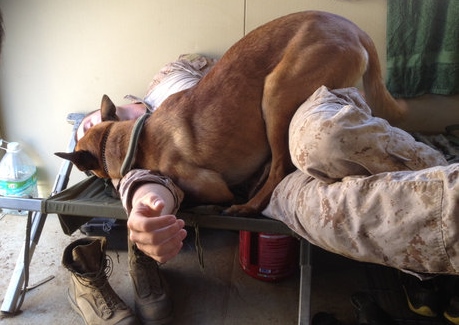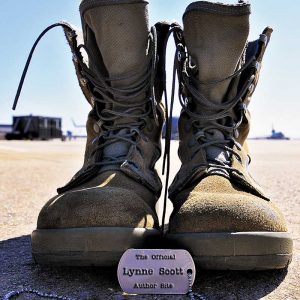Let’s just go ahead and skip the ones that we all know about. Yes, I’m incredibly grateful for Mr. Scott, my extended and chosen family, my pets, my health, and to be living in the United States. Let’s move right along to the other things that rarely get the full amount of notice they should. I kept track daily of a few things and rather than bore the snot out of my few remaining Facebook friends every freaking day, I’ve saved it all for the blog.
‘Cause nothing says gratitude like boring the snot out of your ten faithful readers.
So here’s 30 days of stuff worth being grateful for:
1. The start of NaNo Write. I like the challenge, but it also works as a great excuse to not do housework or cook dinner.
2. Ham. A nice spiral cut sucker. I can’t leave a good ham alone.
3. Lumosity training. It’s a welcome distraction from writing to play stupid games that I suck at. I think it’s helping but it’s too soon to tell – although, I do question why they have to send you daily training reminders for something that is supposed to help improve your memory. Do they stop sending them if you reach a certain skill level on their games?
4. Vacation. I took one this year and had a great time. A combination of old friends and new friends made it memorable. Please buy more books – I’d like to have one again next year.
5. Glocks. They’ll never be a Colt 1911, but they’re much easier to clean and maintain.
6. Sam Elliott. No, he hasn’t shown up and yes, the restraining order is still in place, but as long as Sam is with us, there’s always hope.
7. Every football team that beats LSU.
8. The 10-pound dictionary my editor Marcia gave me. It’s her old one. I gave her a brand new 40-pound dictionary that she uses against me all the time. The 10-pound one worked perfectly for killing the spider that wandered too close to me the other day. The dictionary is fine, but I had to the throw part of the cover away because of the spider guts.
9. Those little pill containers with the days on them. The Lumosity shit really isn’t working yet.
10. The pull ring seal on the top of the coffee mate instead of that foil piece of crap. I needed a set of pliers to get that foil bastard off most of the time.
11. Jean Claude Van Damme’s jeans. I’m grateful that they didn’t do the splits when he did in that Volvo commercial.
12. My online peanut gallery. They don’t let me get away with anything and they often provide good lines for my books.
13. My small group of Marines – who will never see this because they avoid things without pictures. They entertain me by sending me the rudest, foulest, most obscene things in the world – which I promptly share with the other Marines since they appreciate that kind of lowbrow stuff.
14. The page button on the base station of my portable phone. Until the Lumosity training takes hold, I still need help in locating the phone.
15. The mute button. I wish it worked on the damn cat, but it at least works on all the TV commercials.
16. Apple Butter. Don’t try to tell me pumpkin butter is better – it ain’t. Apple Butter on a hot piece of toast on a cold morning makes me happy.
17. Zip ties. They keep my cords orderly and they give me many bad ideas about restraints and kidnapping and that usually leads to either thoughts about Sam Elliott or Chapter 12 of the new novel.
18. The window lickers. We all know them. Those people that went to the train line instead of the brain line. Imagine how much dumber I would look without them.
19. The guy at Albertson’s who moved the damn hand baskets back to the entry side of doors rather than leaving them on the exit side of the doors where the idiot district manager moved them to. I don’t need a freaking basket on the way OUT of the store.
20. The drama queens. Each of you have contributed greatly to my books. I doubt you’ll recognize yourselves when you read them.
21. Orange jump suits. They are a clear reminder of why I shouldn’t go across the street and take a baseball bat to the f***tard who lives there. I look like crap in orange and he doesn’t!
22. NCIS, CSI, and the Big Bang Theory. I need a little consistency in my life and this is it.
23. Puffs tissues. I used a lot of them when my Ducks forgot how to play football this season. Twice.
24. Cold pizza. I get so tired of the healthy freaking breakfast thing. Sometimes a girl just needs a slice of cold pepperoni and mushroom pizza.
25. My new vacuum cleaner. It’s one of the old style bag types. I hated f***ing with that stupid canister.
26. Friends who have land-nav skills. Yes, it’s true. I can get lost in my own backyard and having friends who can translate the topographical map with Google Earth is priceless.
27. Stouffer’s. Those little red boxes are a Godsend. Mr. Scott likes them and I don’t have to cook. That’s a win!
28. Duct tape. Never has so much by so many been owed to one little roll of happiness. It’ll fix anything and it’ll shut up damn near anyone. I have a couple relatives that I’d like to use it on.
29. College GameDay. I love those guys. Especially Coach Corso and the headgear pick.
30. The end of NaNo Write so I can sit on my butt and not worry about it anymore.
